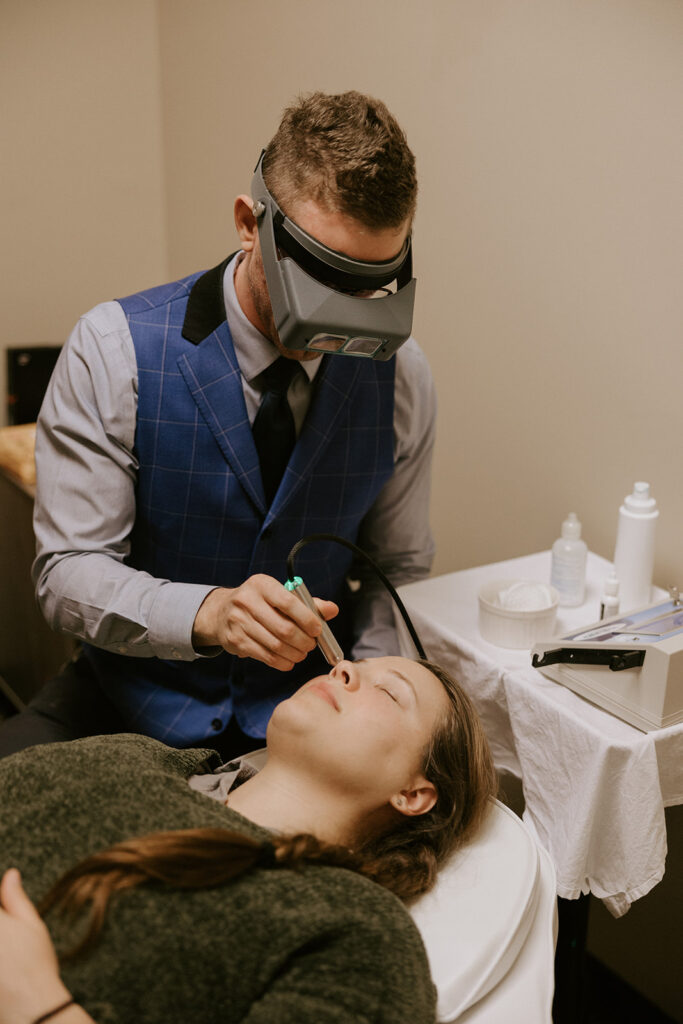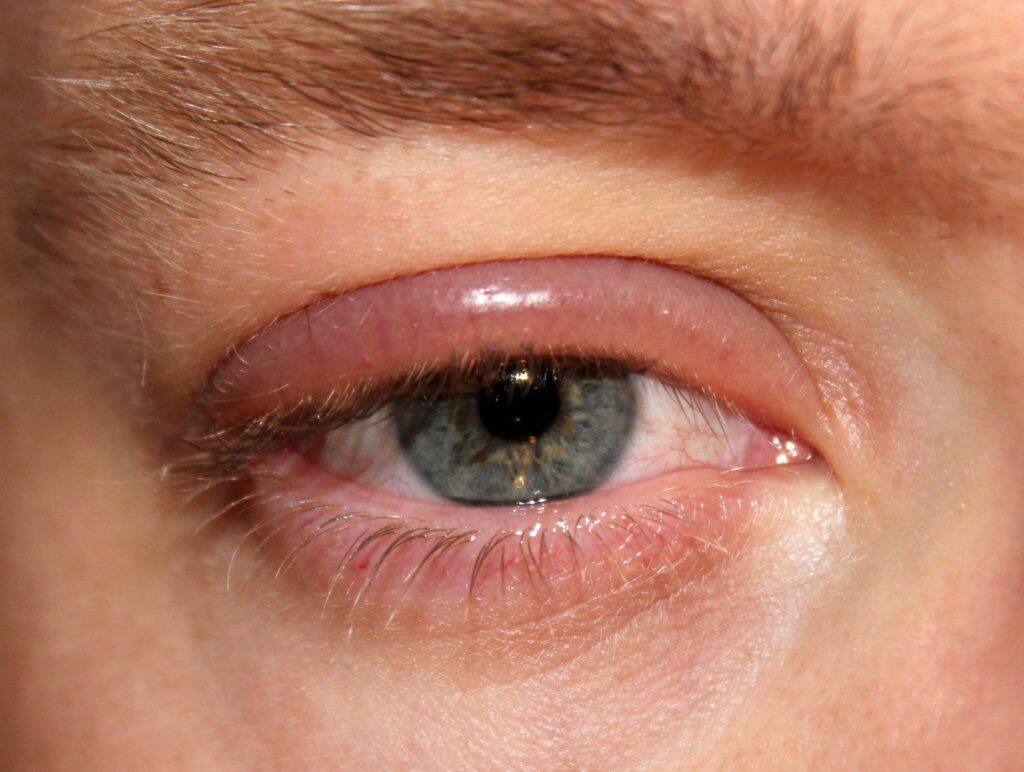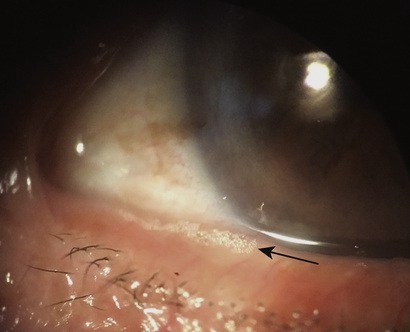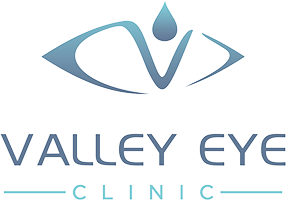
Dry Eye Spa
Mibo ThermoFlow
Valley Eye Clinic is proud to offer the Mibo ThermoFlo at our Dry Eye Spa. The Mibo ThermoFlo offers a comfortable, extremely relaxing, and organic approach to managing dry eye.
This treatment focuses on the meibomian glands of the eye lids. These glands naturally secrete an oily substance called meibum that forms a protective layer over the eye’s surface, prolonging the evaporation of the tear film. Sometimes these oils thicken and become clogged, preventing them from becoming incorporated into the tear film. This causes the eyes to dry out at a faster rate than normal, making it difficult or seemingly impossible to wear contact lenses or feeling the need to constantly be putting in lubricating drops
Sit back and relax...
The Mibo ThermoFlow supplies continued and controlled heat that is applied to the outer skin of the eyelids, along with ultrasound gel for a gentle massage. The eyelids absorb the heat and break down the hardened oils in the meibomian glands, helping those oils escape back to the surface of the eye.
- Calm Environment
- Pain free
- No Downtime
- Wonderful for Eye Strain
- No side effects
Hypochlorus Solution
Lid and Lash Spray for Dry Eye
The human body is covered in microorganisms, inside and out. This includes the eyelids. While a certain amount of bio-activity is normal, sometimes there can be too much.
Excessive microorganism activity results in what is called a biofilm, a biochemical sludge that is left over from natural biological processes. This can result in red, irritated, and cracked lids. Sometimes it presents itself as dandruff on the eye lashes. People have described these feelings as:
- Waking up with little crusties on your eye lashes
- Feeling like they did not clean off all their makeup from the night before
Some patients even present with little bubbles forming along the eyelid. These bubbles indicate what is called saponifacation, or literally the making of soap on the eyelid. Microorganisms feast on excess face oils and bacteria on the lids, and the result are these little bubbles along the lid margin, which can be viewed by a dry eye specialist.
Heyedrate Lid and Lash Spray
Pure hypochlorous acid (HOCL- 0.015%) is an extremely comfortable and effective means to reduce the bacterial load on the eyelid, resulting in cleaner, less irritated and less cracked lids.
Valley Eye Clinic uses Heyedrate Lid and Lash Spray, developed by husband and wife optometrist team Travis and Jenna Zigler. Simply clean the eyelids of any debris or makeup and spray closed eyelids with the solution. Gently rub into the upper and lower lid and lash margin (or just let it dry…no need to rinse!) Repeat morning and evening for best results. This formula can also be used anywhere on the body to fight bacteria and inflammation, following the general steps above.


Demodex
Demodex is a particular protozoa (think of a bug similar to bacteria) that lives on the eyelid and skin area. While bacteria on our skin is normal, this particular bug is not, and excessive amount leads to increased symptoms of dry eye. The reason is that Demodex digests skin cells, and also feeds on the meibum in the meibomian glands. Whats worse is they then procreate and lay eggs in the hair follicles of the eyelashes. This results in more demodex, and an increase in symptoms. Excessive amounts of demodex leads to:
- Color changes in the skin (Rosacea)
- Scaly Skin
- Red skin
- Sensitive or irritated skin
- Itching
- Rash
- Eye irritation
- Thickening of the eyelid
- Loss of eyelashes
This inflammation results in blepharitis. While blepharitis can manifest from a number of bacteria as well, demodex is significantly more aggressive and problematic. If you have dry eye symptoms, the likelihood of you having demodex is very high. Recent research has even noted up to 80% of individuals over the age of 60 have excessive amounts of demodex. Luckily, there are some very simply inexpensive treatments for demodex that often result in eradication of the mites if performed regularly. If you feel you might have demodex, schedule an appointment with Dr. Ward.

